13th May 2021
Chronograph Or Chronometer?
by Adrian Hailwood
Which is which, and can a watch be both?
Chronograph or Chronometer?
Watch industry jargon is freely bandied around as if everyone should know what it means and yet rarely does anyone explain the terms involved. After a while, it can seem foolish to ask and similar-sounding terms can get confused and misused.
Two of the most commonly muddled terms are 'Chronometer' and 'Chronograph' - sound similar but the meaning is very different, and in some cases, a watch can be both.
Chronometer:
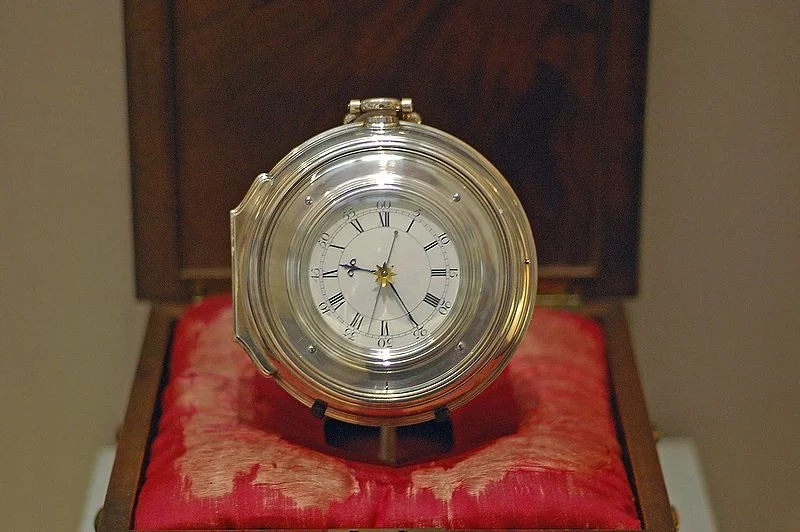
The term refers to the precise timekeeping of the watch, not just when it is sat in its box or on your wrist but in a whole range of positions and at different temperatures. Chronometer rating can be traced back to the 18th century and the first use of watches as an aid to navigation. To calculate longitude, you needed to know the difference between noon where you were (taken from the sun) and the time in Greenwich. You would synchronise your watch to GMT as you left home and a chronometer-grade timepiece would keep dependable time regardless of the motion of the waves or the temperature. Having such a timepiece gave a huge advantage to their owners both during trade and naval warfare and the cost of an early watch could be as much as 30% of the cost of a ship.
Accuracy trials, the Grand Prix of watches, were held in various watchmaking centers including Kew, Geneva, and Neuchatel. Eventually, the easy accuracy of quartz made the mechanical challenge obsolete and they were abandoned.

To be classed as a chronometer today, a watch must be certificated by a recognised body. The most commonly used is Contrôle Officiel Suisse des Chronomètres or COSC who carry out 7 different tests in various positions and temperatures. To pass a watch must be no more than +6/-4 secs per day. This is done on the movement before it is cased up. Rolex have recently added a more stringent test, insisting on +2/-2 secs per day for their own certification after the watch is cased.
Obviously, this rating indicates watch the watch is capable of. It takes no account of the treatment is receives over the years of wear, and all watches may require regulation from time to time.
Chronograph:
A chronograph is an additional function of a watch over and above simply telling the time, and in that sense is regarded as a 'complication'. The chronograph allows the recording of an interval, which can be seconds, minutes, or hours according to the capabilities of the movement. It has the same function as a stopwatch, but a stopwatch is not a chronograph as it doesn't have the underlying timekeeping function.
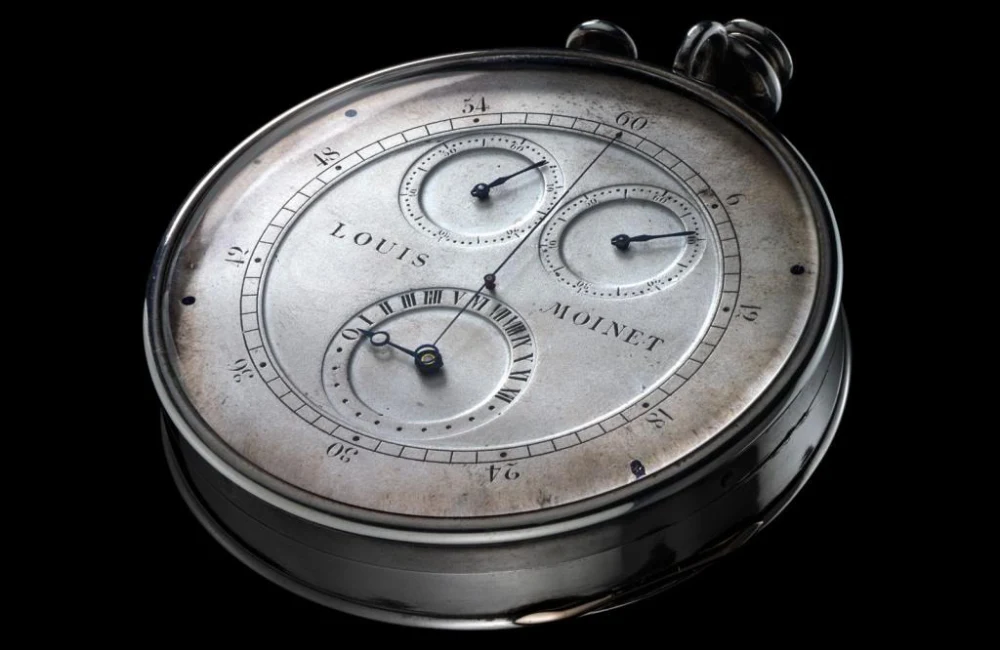
The English watchmaker George Graham (1673-1751) is often referred to as the 'Father of the Chronograph' although the device he invented for recording intervals was only ever designed for a clock. It was Louis Moinet, in 1816 who took the next step, although his work was to help with astronomical observation, and this was more of a stopwatch than a chronograph.
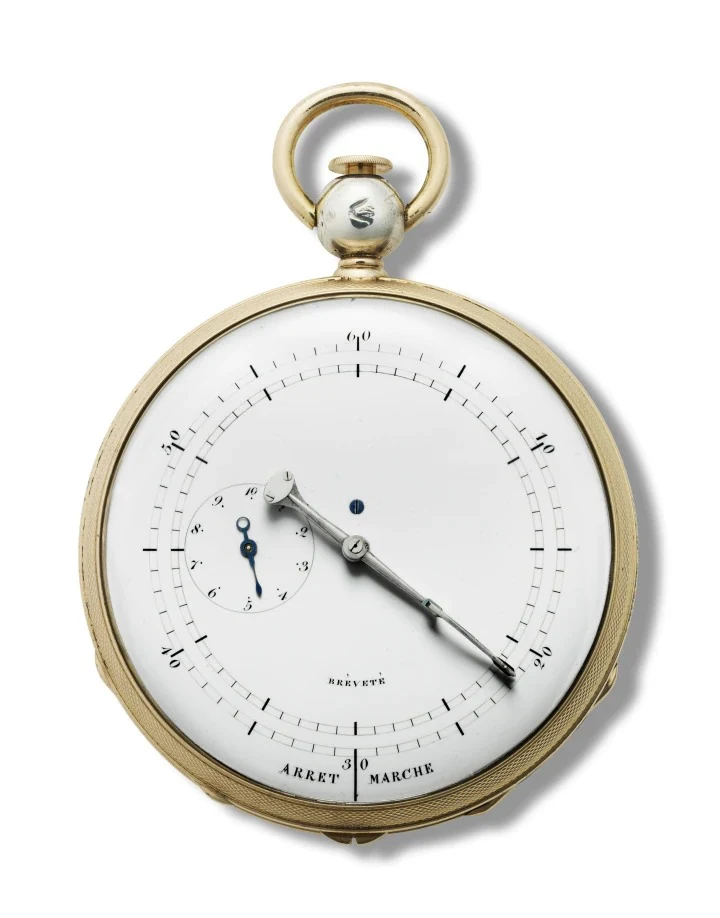
Chronograph means 'time writer' and this is because early 19th century examples had a second recording hand that acted as a pen, dropping a dot of ink onto the dial when the pusher was pressed and allowing the time interval to be measured from the space between the dots. These 'inking' chronographs pre-dated the 'stop' and 'reset' functions and Parisian watchmakers Breguet and Rieussec argue as to who was the inventor.
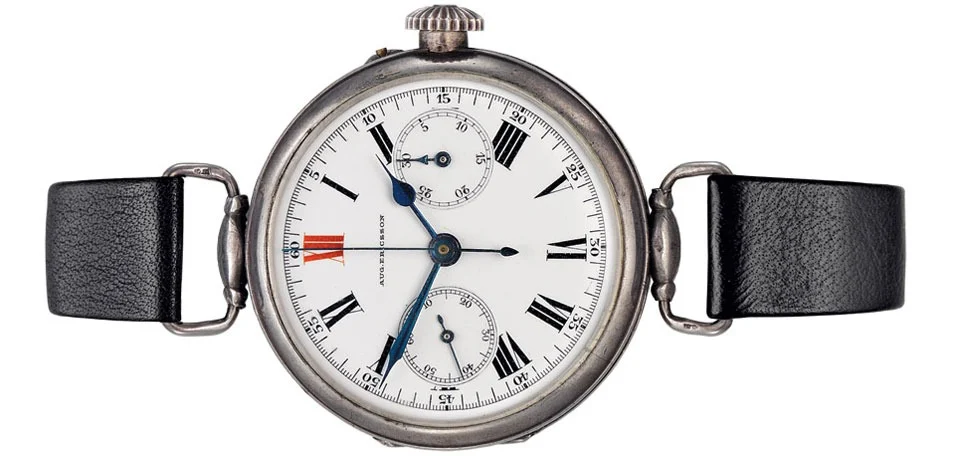
Wristwatch chronographs that incorporated both time telling and stopwatch function appeared from 1913 with Longines's 13.33Z calibre mono-pusher. Breitling added an independent pusher in 1915 and the reset pusher in 1934, creating the design that we recognise today. Automatic chronographs didn't appear until 1969 and led to a titanic three-way battle between Zenith, a conglomerate including Heuer and Breitling, and Seiko.
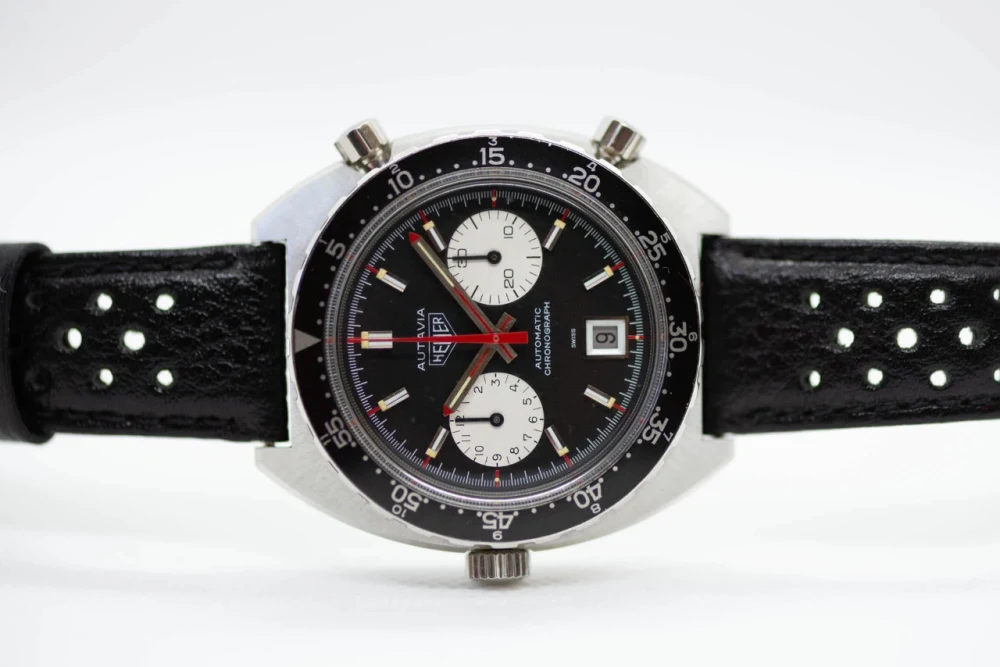
Chronometer Chronographs:
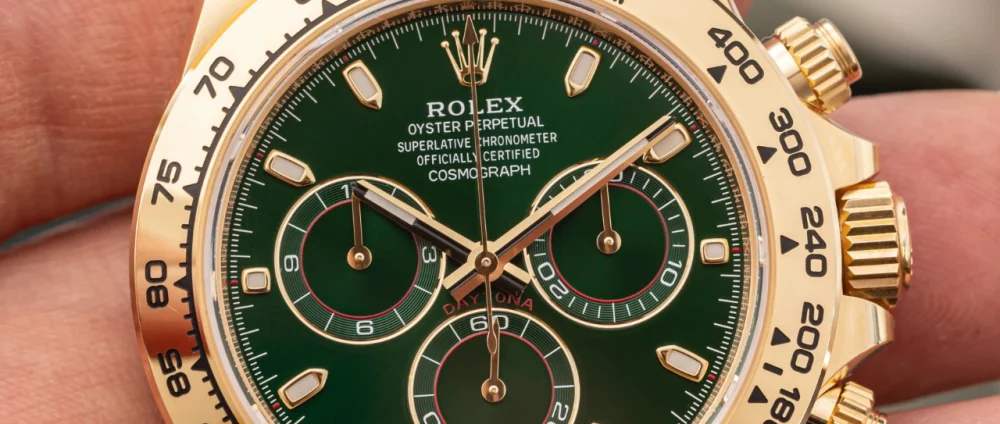
Of course, if a chronograph is accurate enough, then it is possible for the watch to be sent for testing at a recognised certification body such as COSC and be classed as both a chronometer and a chronograph, but to be clear - one is what it does, the other is how accurately it does it.
Adrian Hailwood

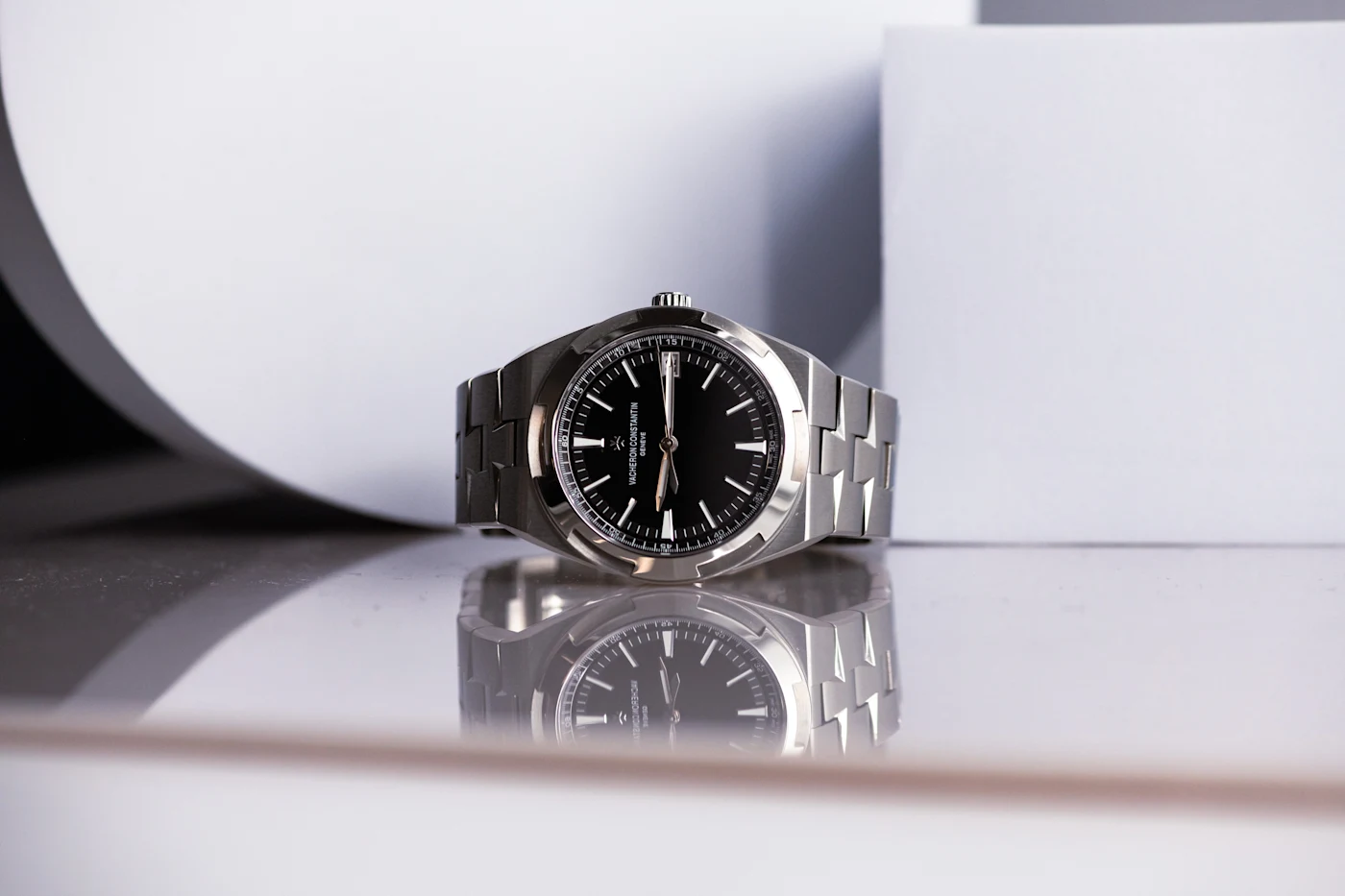
Have your say!